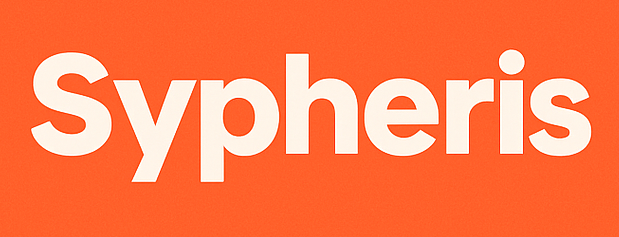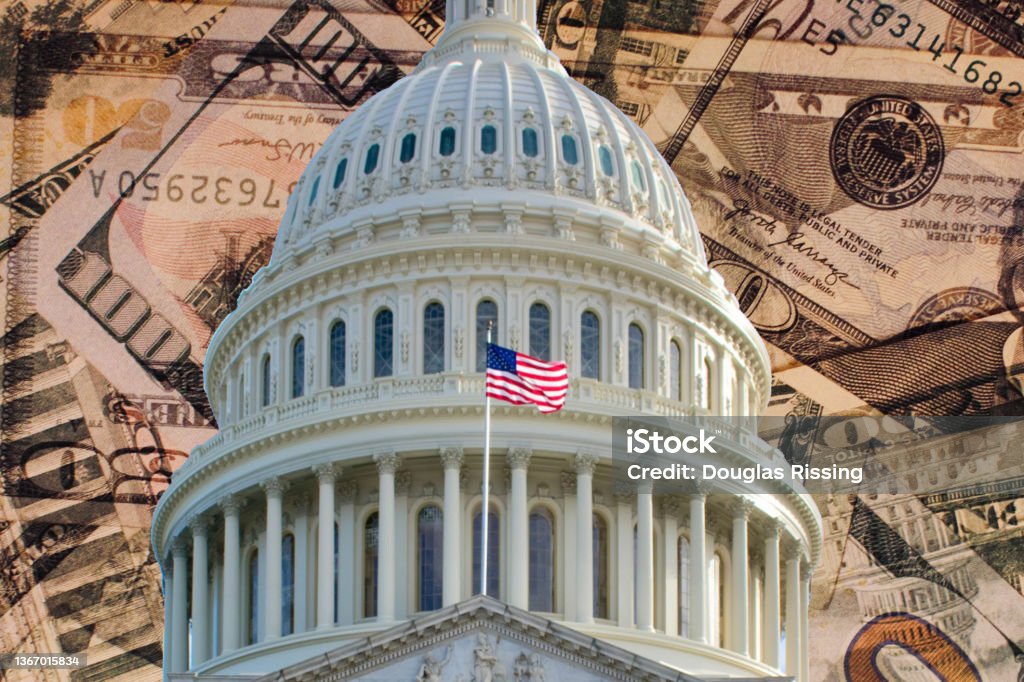With a staggering 13.7% of borrowers (approximately 6 million Americans) now in delinquency on their student loans, understanding the changing landscape of student loan forgiveness has never been more critical. The temporary tax relief currently in place for student loan forgiveness is set to expire on December 31, 2025, creating potential tax consequences that could catch many borrowers off guard. This guide breaks down what these changes mean, how they might affect you, and most importantly, what steps you can take now to prepare for the shifting tax rules around student loan forgiveness.
Understanding Student Loan Forgiveness Tax Exemptions in 2025
The American Rescue Plan Act, passed in March 2021, created a temporary but significant benefit for student loan borrowers: forgiven student loan debt would not be considered taxable income at the federal level through December 31, 2025. This provision has saved borrowers from potentially massive tax bills when their loans are forgiven.
Student Loan Forgiveness and Tax Exemptions Explained: The Basics
Before this legislation, most forms of student loan forgiveness (outside of specific programs like Public Service Loan Forgiveness) would trigger a tax bill. When loans are forgiven, the IRS typically treats the forgiven amount as income, meaning borrowers could face substantial tax liabilities in the year of forgiveness.
For example, if $50,000 in student loans were forgiven, a borrower might suddenly find themselves with an additional $50,000 in “income” for tax purposes – potentially pushing them into higher tax brackets and creating tax bills of thousands of dollars.
The current exemption prevents this scenario, but only temporarily. Recent changes to student loan forgiveness tax rules will impact millions of borrowers after 2025, when this protection expires.
Is Student Loan Forgiveness Taxable After 2025?
The short answer is yes – for most forgiveness programs, student loan forgiveness will become taxable again at the federal level after December 31, 2025, unless Congress extends the current exemption or makes it permanent.
This means borrowers receiving forgiveness in 2026 and beyond could face significant tax consequences. The tax implications of student loan forgiveness can be substantial, potentially adding thousands to your tax bill after 2025.
Why Student Loan Forgiveness Tax-Free Through 2025 Matters
Thanks to the American Rescue Plan Act, student loan forgiveness tax-free through 2025 provides temporary relief for borrowers. This window of opportunity is particularly important for those pursuing forgiveness through income-driven repayment plans or considering employer assistance programs.
Employer Student Loan Assistance Program Benefits
Another key provision set to expire in 2025 involves employer assistance for student loans. Currently, employers can provide up to $5,250 annually toward an employee’s student loan payments as a tax-free benefit. This amount is excluded from various federal taxes including income tax, Social Security, Medicare, and unemployment tax.
“This benefit represents a significant opportunity for employees to reduce their student loan burden while receiving what amounts to tax-free income,” explains student loan expert Mark Kantrowitz in a recent Forbes article.
To maximize your employer student loan assistance program benefits:
- Check if your employer offers this benefit (or advocate for its implementation)
- Understand exactly what your employer covers (principal, interest, or both)
- Ensure you’re receiving the full annual amount ($5,250)
- Keep detailed records of all assistance received
- Consider the impact on other student loan benefits you might be pursuing
The window for student loan forgiveness tax-free through 2025 is closing, making now the time to explore your options and potentially accelerate your forgiveness timeline if possible.
Tax Implications of Student Loan Forgiveness After 2025
After December 31, 2025, the tax landscape for student loan forgiveness will change significantly. Understanding these changes now can help you prepare and potentially adjust your repayment strategy.
Federal Tax Consequences
When the current exemption expires, forgiven student loan debt will once again be treated as taxable income at the federal level for most forgiveness programs. This means:
- The forgiven amount will be added to your taxable income for that year
- You could be pushed into a higher tax bracket
- You might face a substantial tax bill in the year forgiveness occurs
- The tax bill would be due in full during that tax year (unlike the loan, which you could pay over time)
Many borrowers are unaware of the tax implications of student loan forgiveness programs. Planning ahead for the tax implications of student loan forgiveness can help you avoid financial surprises.
Student Loan Forgiveness State Tax Considerations
Even with federal exemptions, student loan forgiveness state tax policies vary, with five states currently taxing forgiven debt. According to the latest data, these states are:
- Arkansas
- Indiana
- North Carolina
- Mississippi
- Wisconsin
If you live in one of these states, you may face state income tax on forgiven student loan debt even during the current federal exemption period. Check your student loan forgiveness state tax obligations, as policies can change and additional states may adopt similar approaches.
Programs That Remain Tax-Exempt Student Loan Forgiveness Options
Not all forgiveness programs will be affected by the expiration of the temporary tax exemption. Certain tax-exempt student loan forgiveness programs will remain non-taxable even after the 2025 deadline.
Permanently Tax-Exempt Programs
These programs have long-standing tax exemptions that will continue regardless of the 2025 deadline:
- Public Service Loan Forgiveness (PSLF)
- Requires 120 qualifying payments while working for eligible employers
- Forgiveness through PSLF has always been tax-free at the federal level
- Documentation requirements include annual employer certification
- Teacher Loan Forgiveness
- Available after five consecutive years of teaching in low-income schools
- Provides up to $17,500 in forgiveness for eligible loans
- Remains tax-exempt after 2025
- Total and Permanent Disability Discharge
- Available for borrowers with qualifying disabilities
- Requires specific medical documentation
- Will continue to be tax-exempt
- School-Related Discharges
- Includes closed school discharges, false certification discharges, and borrower defense to repayment
- Applies when schools have violated certain laws or closed before degree completion
- Maintains tax-exempt status after 2025
Public Service Loan Forgiveness is one of the tax-exempt student loan forgiveness programs that won’t be affected by the 2025 changes. Exploring tax-exempt student loan forgiveness programs now could save you significant money in the long run.
For more information on these programs and their specific requirements, visit our comprehensive forgiveness guide.
How to Prepare for Taxes on Student Loan Forgiveness
With the 2025 deadline approaching, now is the time to develop a strategy for managing potential tax implications. Here are key steps to consider:
Essential Student Loan Tax Planning Strategies
- Calculate your potential tax liability
- Estimate the amount of forgiveness you expect to receive
- Determine what tax bracket this might put you in
- Calculate the approximate tax you might owe
- Create a dedicated savings fund
- Start setting aside money specifically for potential tax obligations
- Consider a high-yield savings account to maximize growth
- Aim to save at least 25-30% of the expected forgiven amount
- Explore timing strategies
- If possible, accelerate forgiveness to occur before the 2025 deadline
- Consider how income-driven repayment plans might affect your forgiveness timeline
- Evaluate whether consolidation might impact your forgiveness date
- Reduce taxable income in the year of forgiveness
- Maximize retirement contributions
- Consider tax-deductible expenses
- Explore other tax deductions and credits you might qualify for
- Consult with tax professionals
- Work with a tax advisor who understands student loan forgiveness
- Develop a personalized strategy based on your specific situation
- Stay informed about any legislative changes that might extend the exemption
“The key is to start planning now,” advises Betsy Mayotte, president of The Institute of Student Loan Advisors. “Many borrowers don’t realize they need to prepare for potential tax consequences until it’s too late.” According to the Student Borrower Protection Center, the average tax bill for forgiven student loans could range from $2,500 to $10,000, depending on the amount forgiven and the borrower’s tax bracket.
A common question among borrowers is: is student loan forgiveness taxable after the 2025 deadline? While currently not taxable at the federal level, is student loan forgiveness taxable in your state is an important consideration that requires research specific to your location.
Current Student Loan Landscape and Future Outlook
Understanding the broader context of student loans helps put these tax changes in perspective. The current student loan environment presents several challenges and considerations:
Rising Delinquency Rates and Financial Impact
The student loan landscape has changed dramatically since payments resumed after the pandemic pause:
- Overall delinquency rate has jumped to 8%, a sharp increase from 0.80% before the pandemic
- Approximately 6 million borrowers are currently delinquent
- 23.7% of required-payment borrowers are behind on payments
- Mississippi has the highest state delinquency rate at 44.6%
- Over 2.2 million borrowers have experienced credit score drops of 100+ points
These statistics from the Federal Reserve Bank of New York highlight the financial strain many borrowers face, making tax planning even more critical.
Interest Rate Structure for 2025-2026
For those taking out new federal student loans, the fixed interest rates for the 2025-2026 academic year are:
- Undergraduate Direct Subsidized/Unsubsidized: 6.39%
- Graduate/Professional Direct Unsubsidized: 7.94%
- Direct PLUS Loans: 8.94%
These rates, while fixed for the life of the loan, are higher than in previous years, potentially increasing the total amount borrowers might eventually seek forgiveness for.
Frequently Asked Questions About Student Loan Forgiveness Tax Rules
Will the tax-free status of student loan forgiveness be extended beyond 2025?
While it’s possible Congress could extend the tax exemption or make it permanent, there’s no guarantee. Political priorities and budget considerations will likely influence any decision. The best approach is to prepare as if the exemption will expire while staying informed about legislative developments.
How do I know if my forgiveness program will be taxable after 2025?
Programs specifically excluded from taxation by statute (like PSLF, Teacher Loan Forgiveness, and disability discharges) will remain tax-free. Most other forgiveness programs, including income-driven repayment forgiveness, will become taxable again unless new legislation is passed.
What if I can’t afford to pay the taxes on my forgiven student loans?
If you’re unable to pay your tax bill in full, the IRS offers payment plans. However, these plans include interest and potential penalties, making them costly in the long run. This is why creating a savings plan now is crucial. In extreme hardship cases, you might qualify for an Offer in Compromise, but these are difficult to obtain.
How does employer student loan assistance affect my taxes?
Through 2025, employer contributions up to $5,250 annually are tax-free. After 2025, these contributions will likely return to being considered taxable income unless Congress extends this benefit.
Can I deduct student loan interest if my loans are partially forgiven?
Yes, you can still claim the student loan interest deduction (up to $2,500) for interest paid on the portion of your loans that wasn’t forgiven. However, this deduction begins to phase out at certain income levels and is eliminated entirely for higher incomes.
Conclusion: Taking Action Before the 2025 Deadline
Understanding the tax implications of student loan forgiveness is essential for making informed financial decisions. With the current tax exemption set to expire on December 31, 2025, now is the time to evaluate your situation and develop a strategy.
Whether you’re pursuing Public Service Loan Forgiveness, considering an income-driven repayment plan, or exploring employer assistance programs, the tax consequences should factor into your decision-making process. By planning ahead, consulting with professionals, and staying informed about legislative changes, you can navigate these complex waters more confidently.
Don’t wait until 2026 to start thinking about these issues – by then, it may be too late to implement the most effective strategies. Subscribe to our newsletter for the latest updates on student loan policies, forgiveness programs, and tax implications to ensure you’re always making the most informed decisions about your student loans.
Explore More Student Finance Guides:
- Best Credit Cards for Students in 2025
- Understanding Your Student Loan
- Budgeting Tips for College Students
- How to Save Money in College
- Best Private Student Loans



